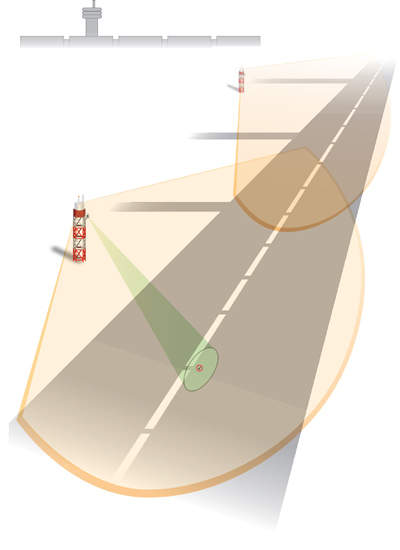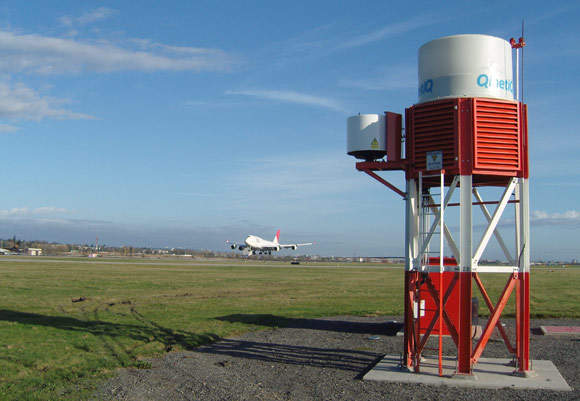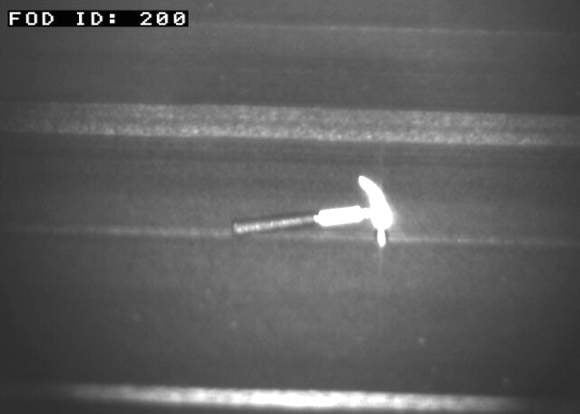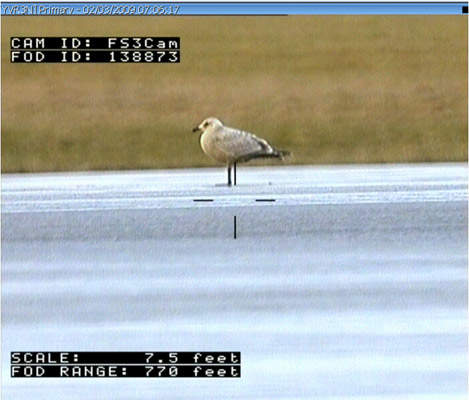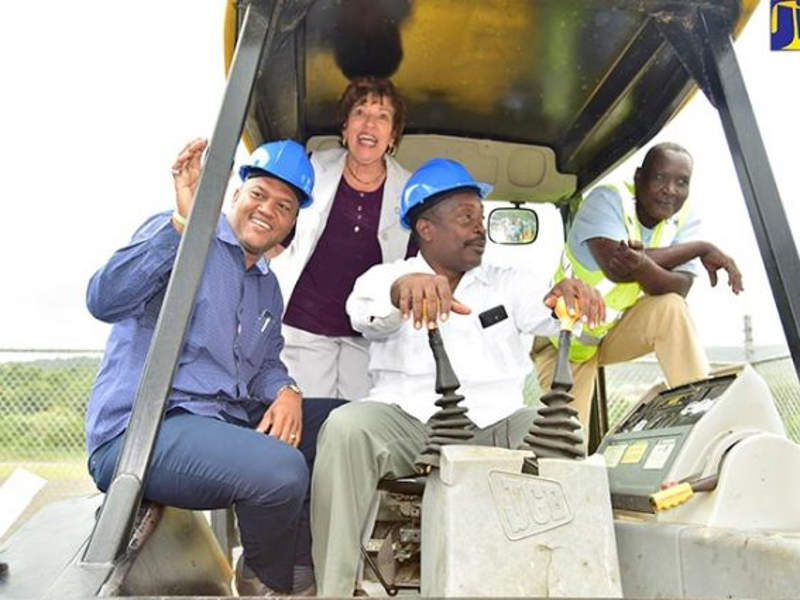Moog supplies Tarsier, the world’s first runway hazard management system with fully automatic foreign object debris (FOD) detection capabilities. Designed specifically to locate potentially hazardous debris on airport runways, this state-of-the-art technology provides a constant inspection.
Installed at various major airports around the world, Tarsier is revolutionising the way airport operators inspect their runways, leading to improved safety, more efficient operations, and a greener airport.
Continuous runway inspection system
Tarsier’s continuous runway inspection dramatically reduces the risk posed by FOD or wildlife left undetected on the runway.
- Tarsier’s networked high-frequency, high-resolution radars sweep the runway around the clock
- On detection, the integrated high specification camera zooms in to identify the FOD, enabling appropriate action to be taken
- FOD images can be produced in all light levels, giving operators greater confidence and greater certainty around the clock
Tarsier serves as an integral part of your runway safety management system, preventing major runway incidents. In two years’ operation at Vancouver International Airport, Tarsier has found over 250 items, including several classed as ‘posing significant risk’. On one occasion Tarsier detected an earthing cable; left undetected this could have caused a major incident.
Enhanced wildlife control and hazard management
As well as FOD, Tarsier can detect the presence of birds and wildlife, aiding operators with their wildlife management and helping to reduce the risk of bird strikes.
The Tarsier Toolbox, a web-based application designed and developed by QinetiQ Airport Technologies to store and analyse FOD data, gives airport customers the ability to analyse FOD and wildlife data. This enables trend analysis, the identification of problem areas on the runway and more targeted control procedures.
Ultra-efficient automatic FOD detection and removal system
Tarsier can increase runway capacity and reduce emissions. Enabling an ultra-efficient automatic FOD detection and removal process, Tarsier helps minimise disruption to normal runway operations. In some cases it has enabled users to halve their FOD retrieval time, providing runway capacity gains of up to four slots during peak hours.
Runway closures as a result of FOD can lead to aircraft stacking. Without Tarsier, a 19min closure leads to an extra 134t of CO2 – 15% of the day’s total. With Tarsier, the delay is shortened to just 5min, with an additional 10t of CO2 – a dramatic reduction to only 1% of the daily total.
Tarsier is installed at various worldwide airports, including London Heathrow, Dubai International, Doha International, Vancouver and RAF Boscombe Down.
Praise for Tarsier runway hazard management system
"BAA carries out four runway inspections a day. Tarsier does a sweep every 68s. There has been FOD detected by the radar which would not normally have been picked up due to the frequency of the runs we normally carry out. BAA has reacted to those, leading to increased safety" (Colin Wood, head of airside operations, London Heathrow).
"Snatched up by an aircraft propeller or sucked into an airliner’s low-slung jet engine, this could have spelled disaster. Recovering this cable virtually paid for our system" (Brett Patterson, director of airside operations, Vancouver International).
Tarsier provides both a clear runway and a clear conscience.


